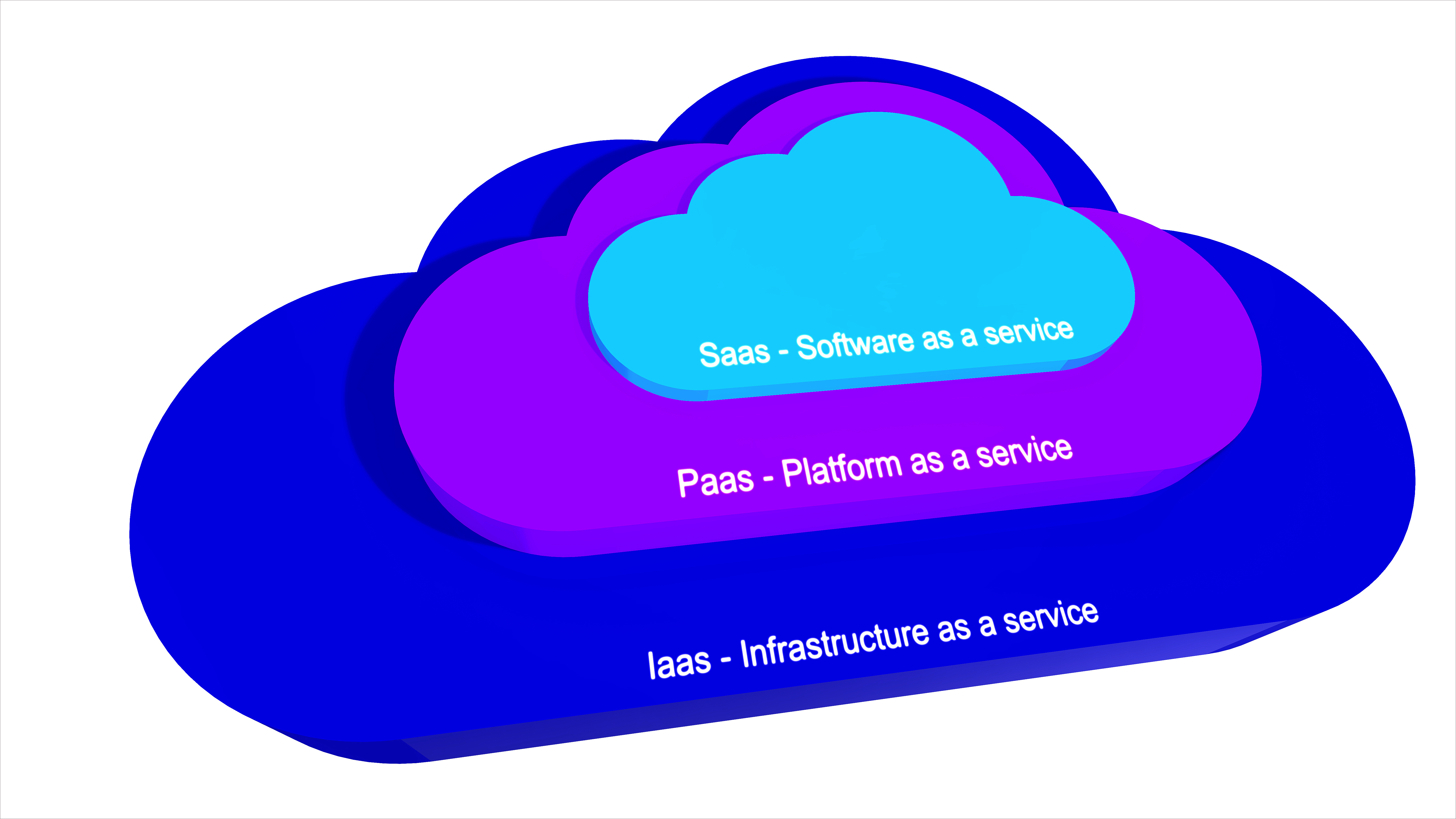After a decade of cloud it may come as a surprise that the issue of cloud computing is still perplexing to many CIOs. While cloud computing is a foundation for digital business, Gartner estimates that less than one-third of enterprises have a documented cloud strategy.
“Cloud computing will become the dominant design style for new applications and for refactoring a large number of existing applications over the next ten-plus years,” says Donna Scott, Vice President and Distinguished Analyst at Gartner. “A cloud strategy clearly defines the business outcomes you seek, and how you are going to get there. Having a cloud strategy will enable you to apply its tenets quickly with fewer delays, thus speeding the arrival of your ultimate business outcomes.”
Donna highlights various areas of focus in developing that strategy.
Faces of cloud computing
Enterprises are slowly migrating from on-premises datacentres to the public cloud. Public cloud spending today is 5% of total IT spending, but it will grow much faster than internal IT spending through 2020, due to new initiatives as well as migration of existing legacy systems.
A key benefit of public cloud infrastructure as a service and platform as a service is to place applications closer to customers to enable a better user experience. Private cloud computing is also being exploited, especially where intellectual property, control, regulatory or compliance concerns, security, performance, and cost of service delivery are differentiated. In such cases, private clouds run on-premises, in co-location facilities or at provider facilities, and they can offer similar benefits to public cloud computing.
Hybrid cloud computing implies significant integration between the internal and external environments at the data, process, management or security layers.
As they expand cloud usage, many organisations will use managed service providers, cloud service brokers that will help them to aggregate, integrate and customise cloud services, and serve as an intermediary between cloud providers.
Cloud and digital business strategy
Digital business requires speed and agility that cloud computing provides through the use of cloud services, which become available to a broader set of users through a self-service interface. Users help themselves to these cloud services, stimulating creativity and innovation.
CIOs need to educate their CEOs and boards of directors about the need to invest in cloud as a style of computing that drives greater speed, agility and innovation through this democratisation of IT. In doing so they should use their digital business strategy to justify the investments needed for cloud computing.
Optimise application design
Using cloud services is not enough. It is the way you use cloud services that matters. Developing your applications in a Wild West style where anything goes can result in costly sprawl, lack of leverage and high cost maintenance, resulting in significant technical and architectural debt. You have to optimise your applications for cloud computing with the explicit purpose of getting the most value at the lowest effective cost.
“Using cloud services is not enough, you must optimise your application design”
“Developing your applications in a Wild West style where anything goes can result in costly sprawl”
“You have to optimise your applications for cloud computing with explicit purpose of getting most value at lowest effective cost”
Gartner contributor, Chris Pemberton explains why CIOs need to do much more to get the most out of their cloud investments.



